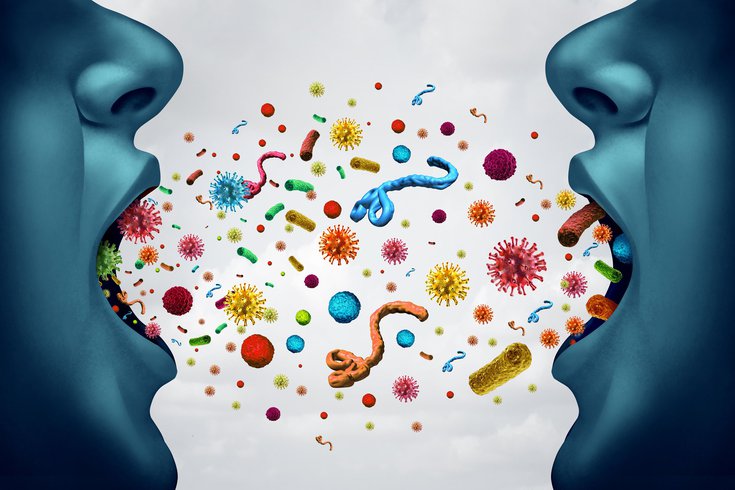
October 05, 2020
 Source/Image licensed from Ingram Image
Source/Image licensed from Ingram Image
The CDC now acknowledges the coronavirus can spread via airborne transmission, though its guidelines stress that most infections stem from close, person-to-person contact.
The Centers for Disease Control and Prevention is again acknowledging that the coronavirus can spread through aerosols – tiny particles that can remain suspended in the air for lengthy periods.
The CDC updated its COVID-19 guidance Monday, noting the potential for airborne transmission. The federal agency had first acknowledged the possibility late last month, but retracted it three days later, saying the information did not reflect its "current state of knowledge."
Two weeks later, that has changed.
"Today’s update acknowledges the existence of some published reports showing limited, uncommon circumstances where people with COVID-19 infected others who were more than 6 feet away or shortly after the COVID-19-positive person left an area," the CDC said in a statement. "In these instances, transmission occurred in poorly ventilated and enclosed spaces that often involved activities that caused heavier breathing, like singing or exercise. Such environments and activities may contribute to the buildup of virus-carrying particles."
The guidance still stresses that COVID-19 primarily spreads through close person-to-person contact, passing via respiratory droplets produced when people cough, sneeze, sing, talk and breathe. It also can be spread through contact with contaminated surfaces.
But now the guidance notes the coronavirus can spread via aerosols that linger in the air "for minutes to hours." That's similar to the way that some highly-infectious diseases, including measles and tuberculosis, are transmitted. Yet, the guidance emphasizes such transmission is not the main way the virus spreads.
"Available data indicate that it is much more common for the virus that causes COVID-19 to spread through close contact with a person who has COVID-19 than through airborne transmission," the guidance states.
The CDC said its recommendations remain the same. People can protect themselves by social distancing, wearing a face mask, practicing good hand hygiene, frequently cleaning common surfaces and staying home when sick.
The World Health Organization first acknowledged that the coronavirus can spread via aerosols in July at the urging of a group of 239 researchers. A study found that choir singers who were infected at a "super-spreading" event most likely contracted the virus through airborne transmission.